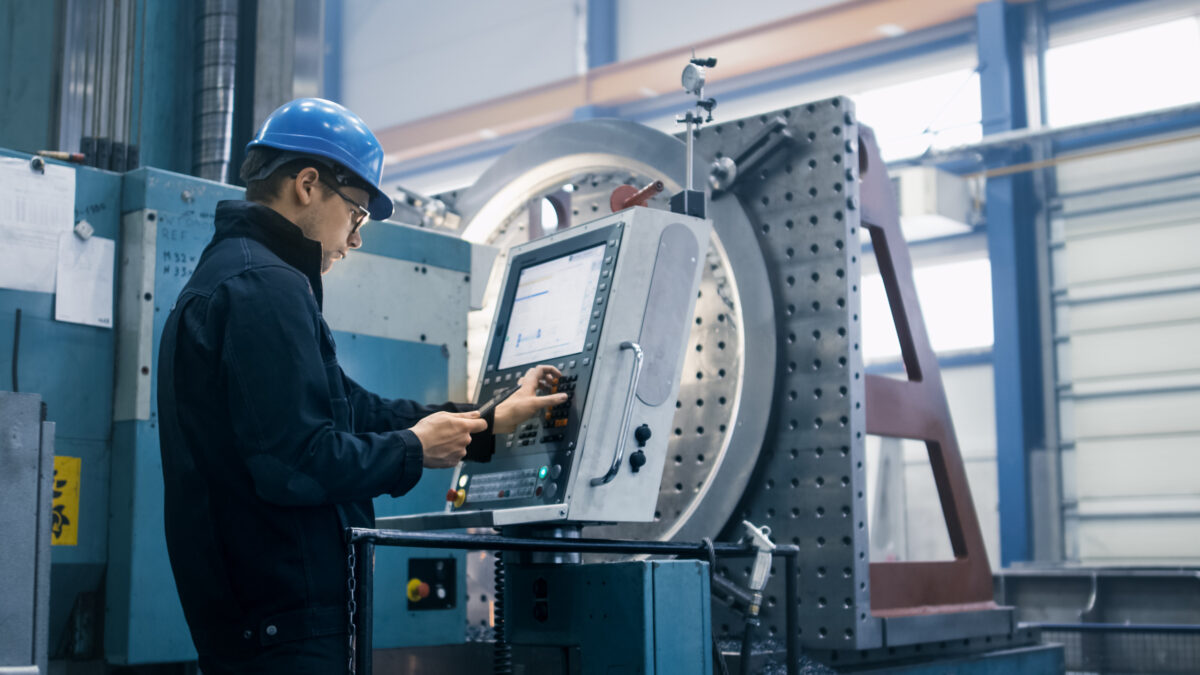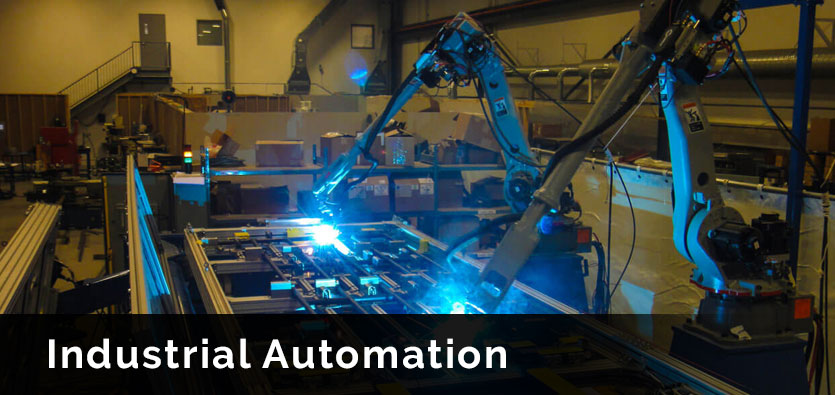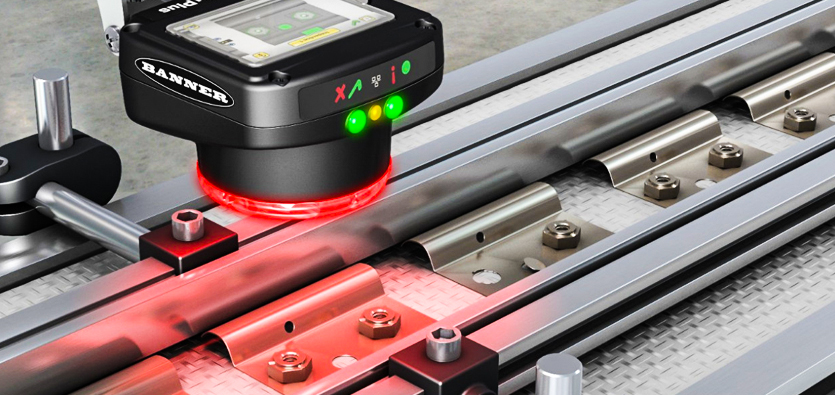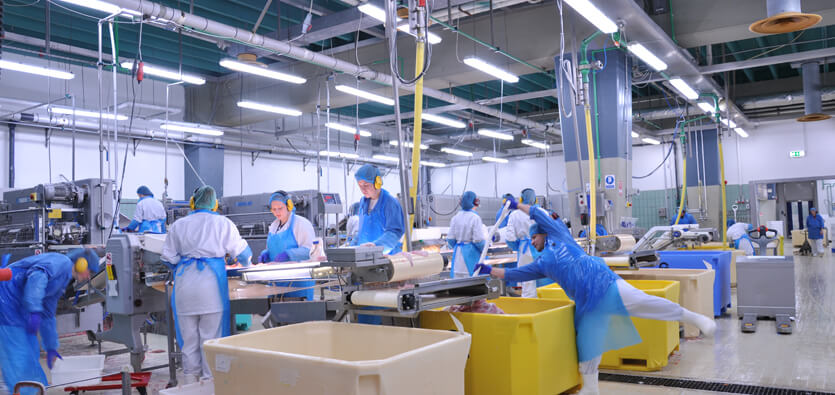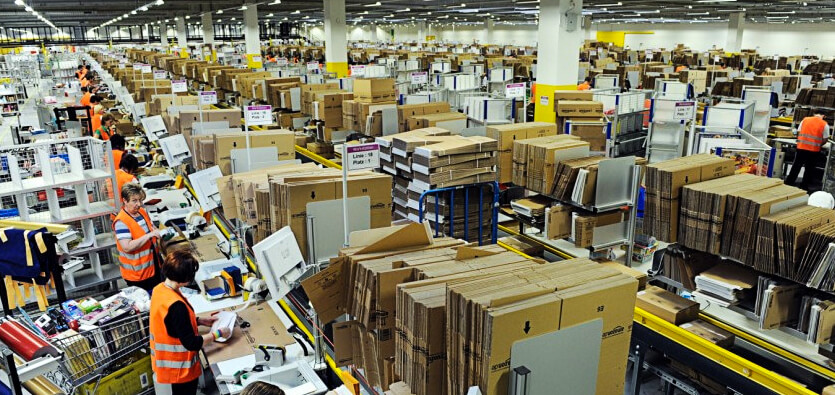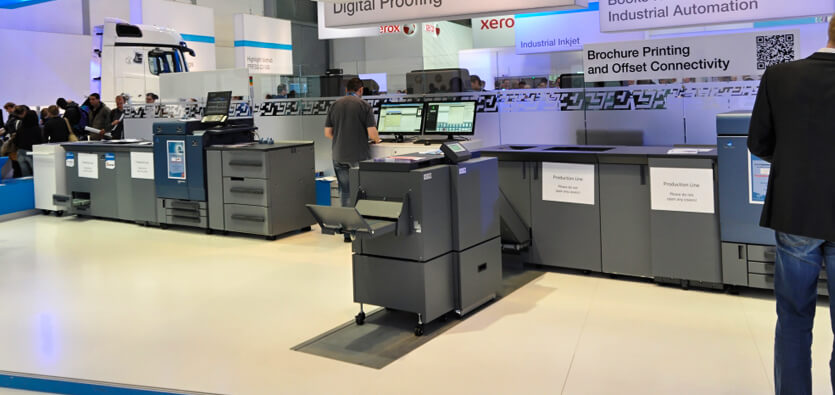
The development of Computer Numerically Controlled (CNC) machines is a tremendous contribution to the manufacturing industry. Simply put, a CNC system receives and interprets the data and then controls certain actions accordingly. The CNC systems, a versatile form of soft automation, are mostly used in the lathe machine, milling machine, laser machine, sheet metal process, etc. The concept was originally developed to control operation and motion of machine tools.
The CNC is a computer-based electronic equipment, as mentioned earlier, which receives information in digital form from input devices, as well as positional information of certain elements of the machine. Then it interprets the digital data as requirements for new positions of the machine elements and gives appropriate commands of direction.
Components of a CNC system
Numerical control is described as a technique to control various functions of a machine tool with an input. CNC is a microprocessor-based system, the heart and brain of a CNC machine. Following are some of the components of a CNC system:
- Central processing unit (CPU)
- Input devices
- Machine control panel
- Programmable logic controller (PLC)
- Servo-control unit
- Display unit
A serial communication port is often utilized to transfer data from a computer to a CNC machine. There are international standards established for serial communications.
The CPU is where a CNC system is controlled. It receives the data stored in the memory as part program. The data is then decoded and modified into position control and velocity control signals. It oversees the movement of the spindle or control axis. An action is rectified if it does not match with the programmed data. Speed control unit works in a harmonious way with the CPU for the movement of the machine axes.
Industrial applications
CNC systems can be applied to a broad range of industrial applications. Following are some of the industries where CNC machining is used:
- Metal fabrication
- Electrical discharge machining
- Automotive
- Manufacturing
- Electronics
- Agriculture
Advantages of CNC machining
The manufacturing industry relies heavily on CNC machining. Following are some of the advantages of CNC machining:
- Higher flexibility and repeatability
- Reduced indirect costs
- Increased productivity
- Consistent quantity
- Reliable operation
- Reduced non-productive time
- Higher accuracy
- Reduced lead time
- Automatic material handling
Improved automation is the first benefit offered by almost all types of CNC machine tools. The manufacturer can reduce or completely eliminate the human intervention in a production process. Operators can work on other tasks because many CNC machines can operate unattended. There are also some side benefits which include reduced human errors, reduced operator fatigue, predictable machining time, etc.
At BP Automation, we design and manufacture custom machines to tackle complex manufacturing problems and offer unique solutions to your automation problems. We also build specific mechanical hardware and software solutions for a number of industrial applications. You can contact us to know more about our CNC machining and other automation solutions.
